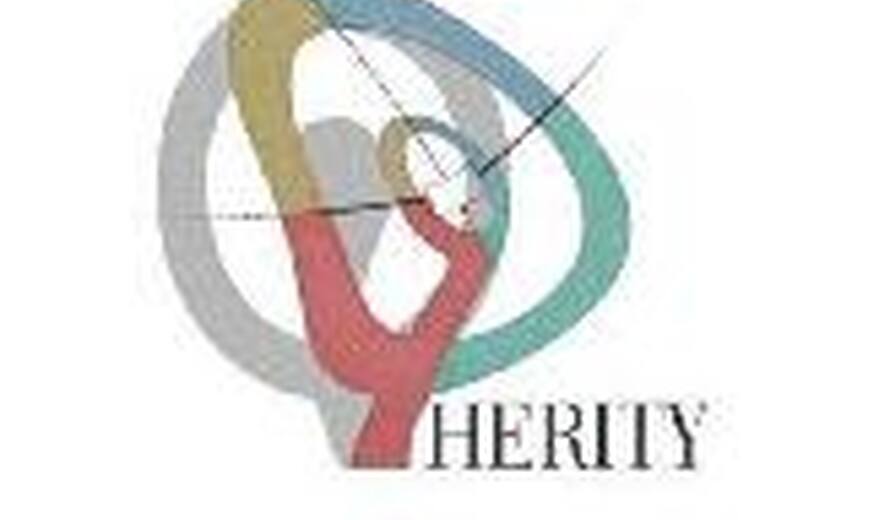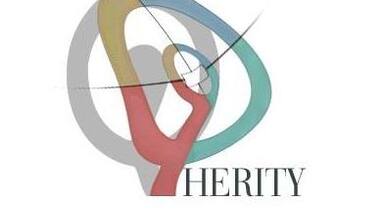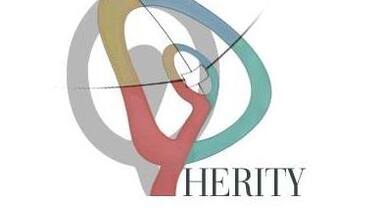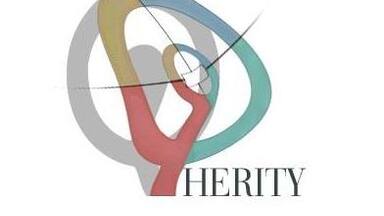Conclusions of the Second HERITY International Conference
This conference was held in Rome December 3-5, 2008. The conclusions outlined below were reached thanks to contributions from ICCROM, UNESCO-WHC, UN-WTO, HERITY INTERNATIONAL
Conclusions by the First HERITY Conference (December 5-9, 2006) highlighted that "from the point of view of culture, no poor Countries exist around the World: every territory has a significant and priceless Heritage Wealth. This Heritage constitutes the collective memory of Humanity. As a non renewable resource, Cultural Heritage should be managed according to Quality principles, ensuring its preservation in the context of sustainable development". For this, new systems of classification and public awareness should be adopted in order museums, monuments, sites, libraries and archives to be perceived from a global perspective. Letting people to understand value and conservation of the Cultural Heritage through communication and services means to have a powerful allied, the visitor, supporting efforts by specialist in preserving our common heredity. Responsible tourism can strongly help in this process.
For this, value related properties can be defined as follows:
-
Cultural Heritage value is perceived in different ways by residents, tourist and other stakeholders. This whole of perceptions represents a collective richness and a chance for better understanding past experiences when designing strategies for the future. In that sense, it lets us to improve quality of life;
-
Not only outstanding value can be reported, it is possible to highlight also other characteristics which make possible to consider common places and human activities remains "unique" due to the specific experience you may live when visiting them. Anyway, Cultural Heritage value can be perceived only if it is possible to understand its message(s) in a clear, complete and efficacious way;
-
Cultural Heritage value can be measured and described to the public. Plain systems, familiar to persons who live and travel all over the world, should be adopted while involving people in understanding and preserving Cultural Heritage value. As a result, transmitting of its meaning(s) should be considered a common responsibility;
-
Cultural Heritage value understanding contributes to mutual comprehension among people and cultures as well as to the success in terms of economic and social development, especially through tourism and related activities. This is why it should be supported implementing adequate systems of description and diffusion in developed, developing and least developing countries, also in period of crisis.



